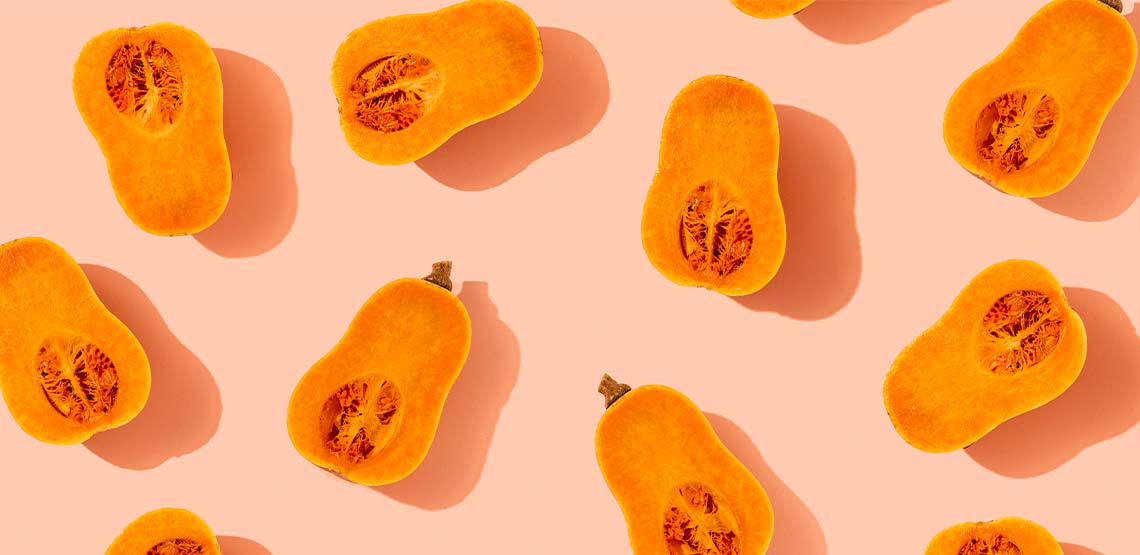Fibrocystic Disease Diet
Fibrocystic breast disease involves breast tissue that may be painful and lumpy. Although it is called a disease, it is not actually harmful. Some doctors have changed the same to fibrocystic breast changes, and a fibrocystic breast disease diet may help ease symptoms.
According to the Cleveland Clinic, about 50% of women aged 20 and 50 have fibrocystic breast disease. This common condition can vary in intensity. Hormonal changes that occur with the menstrual cycle may make symptoms worse. Symptoms can also vary from cycle to cycle.
Having fibrocystic breast disease does not increase a woman’s chances of developing breast cancer. The two conditions are not linked. But having lumpy breasts may make it more difficult to find cancerous lumps during an exam.
What Are the Symptoms?
Although it is not a dangerous disease, fibrocystic breasts can cause discomfort. Symptoms of fibrocystic breast disease may include:
- Areas of breast thickening.
- Breast nodules that may change in size.
- An increase in breast lumpiness starting during ovulation to just before your period.
- Breast tenderness.
- Breast swelling.
- A feeling of fullness in the breast.
Fibrocystic breast disease does not require treatment. Still, the tenderness may become bothersome enough that some women look for treatment options.
Keep in mind: there is no one specific treatment for fibrocystic breast disease. Taking over-the-counter anti-inflammatory medications, applying heat and wearing a supportive bra may be helpful.
5 of the Best Foods for People Who Have Fibrocystic Breast Disease
Additional studies are needed to define which foods should be part of a diet to help treat fibrocystic breast disease, but some research indicates that avoiding certain types of foods and including others may reduce breast pain and discomfort.
The good news is the foods recommended are also good for an overall healthy diet. Consider adding the following foods to your diet:
1. Plant-Based Foods
Research shows that eating a plant-based diet may help reduce pain and tenderness in some women. The reason why eating plant-based foods may help is not entirely clear, but it may be a combination of the nutrients in the foods and the fact that most plant-based foods are not high in saturated fats.
Avoiding saturated fats may help decrease breast pain. Decreasing fat to about 15% may also help decrease breast swelling and nodule growth in some women. Plant-based foods include plenty of veggies and fruits, but legumes, whole grains and seeds are a part of a plant-based diet too.
Related Search Topics (Ads)
2. Flaxseed
Incorporating flaxseed into your diet may also help reduce symptoms of fibrocystic breast disease. A study in the Journal of Pharmaceutical Health Care and Sciences found that consuming flaxseed oil could be effective in decreasing nodular size and breast discomfort. It’s easy to add a little flaxseed to your diet. Consider sprinkling it on a salad, yogurt, or putting it into a smoothie.
3. Almonds
Almonds are also a good option to treat fibrocystic breast disease. Almonds contain vitamin E, which may reduce breast pain and swelling. Be sure to choose almonds that are not overly salted. Eating too much salt can lead to retaining fluids, which may increase the lumpiness and swelling in the breast.
4. Kale and Spinach
Dark, leafy greens, such as kale and spinach, are a good choice as part of a plant-based diet to help fibrocystic breast changes. The veggies contain vitamin B, which is thought to have a therapeutic effect on pain and tenderness. Adding spinach, kale or other dark leafy greens to your diet is easy. Add greens to a salad, sandwich, or toss some into the juicer. If you do not like leafy greens, there are other ways to get vitamin B. Additional foods high in vitamin B include eggs, legumes and salmon.
5. Butternut Squash
Butternut squash is a good source of several vitamins, and it also contains beta carotene. Beta carotene may help reduce the lumpiness that can occur with fibrocystic breasts. In addition to squash, other good sources of beta carotene include sweet potatoes, red peppers and cantaloupe.
Foods to Avoid
If you have fibrocystic breast disease, there is no one specific food to eliminate, but there are a few categories of foods that are best to avoid or only eat in small amounts. The foods below have the potential to increase breast swelling, lumpiness and pain. If you have fibrocystic breast disease, consider avoiding the following:
- Hormonally-treated meat and poultry.
- Caffeinated drinks, such as cola, coffee and energy drinks.
- Chocolate, which also contains caffeine.
- Fried foods, which are high in saturated fat.
- Salty foods.
Although it is not dangerous, fibrocystic breast changes can lead to discomfort. Implementing the dietary changes above may help reduce symptoms.
Article Resources
- Mayo Clinic (Fibrocystic breasts)
- NutritionFacts.org (Treating Breast Pain with Diet)
- Cleveland Clinic (Fibrocystic Breast Changes)
- ScienceDirect (Fibrocystic Breast Disease)
- Journal of Pharmaceutical Health Care and Sciences (The comparison of the effect of flaxseed oil and vitamin E on mastalgia and nodularity of breast fibrocystic: a randomized double-blind clinical trial)


